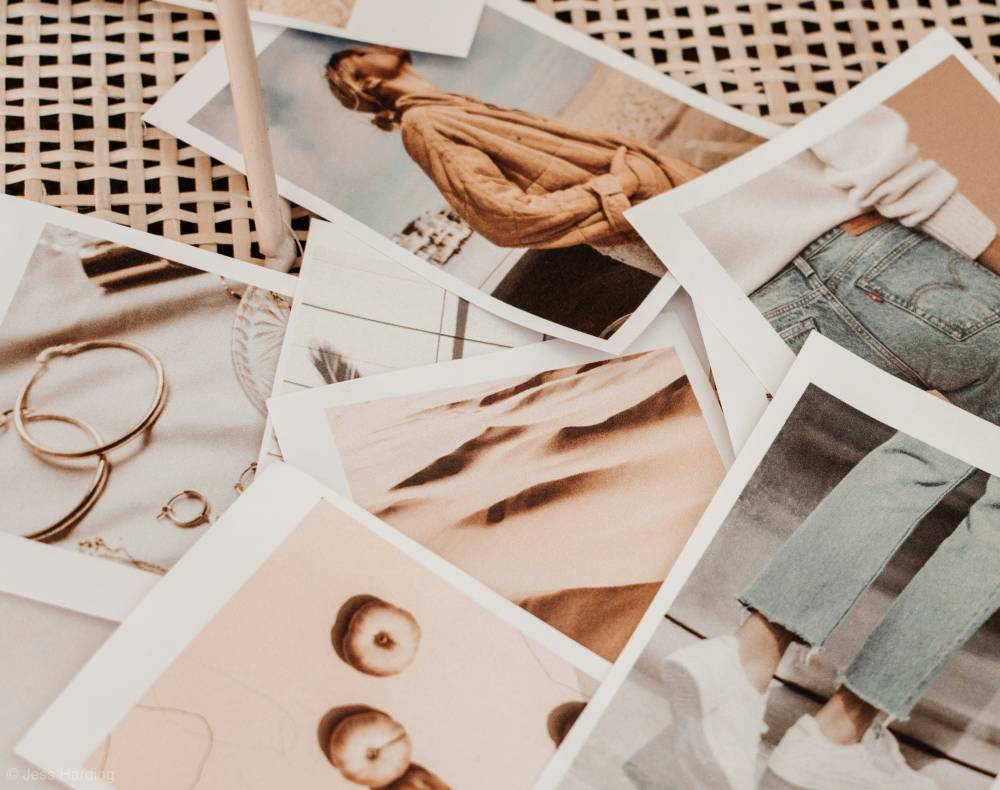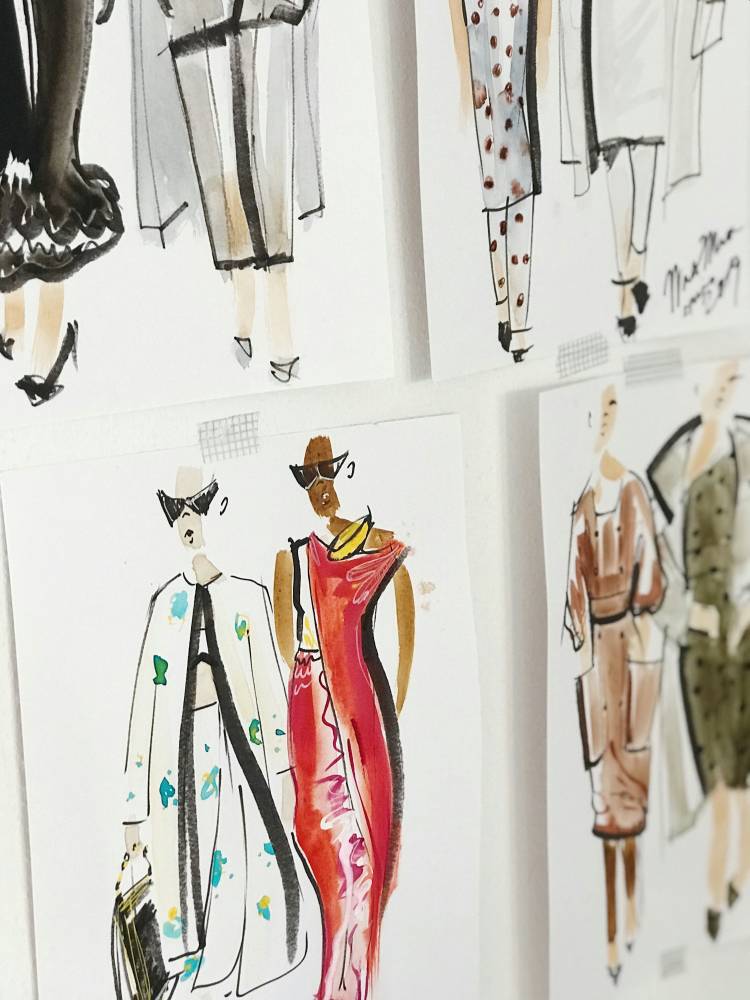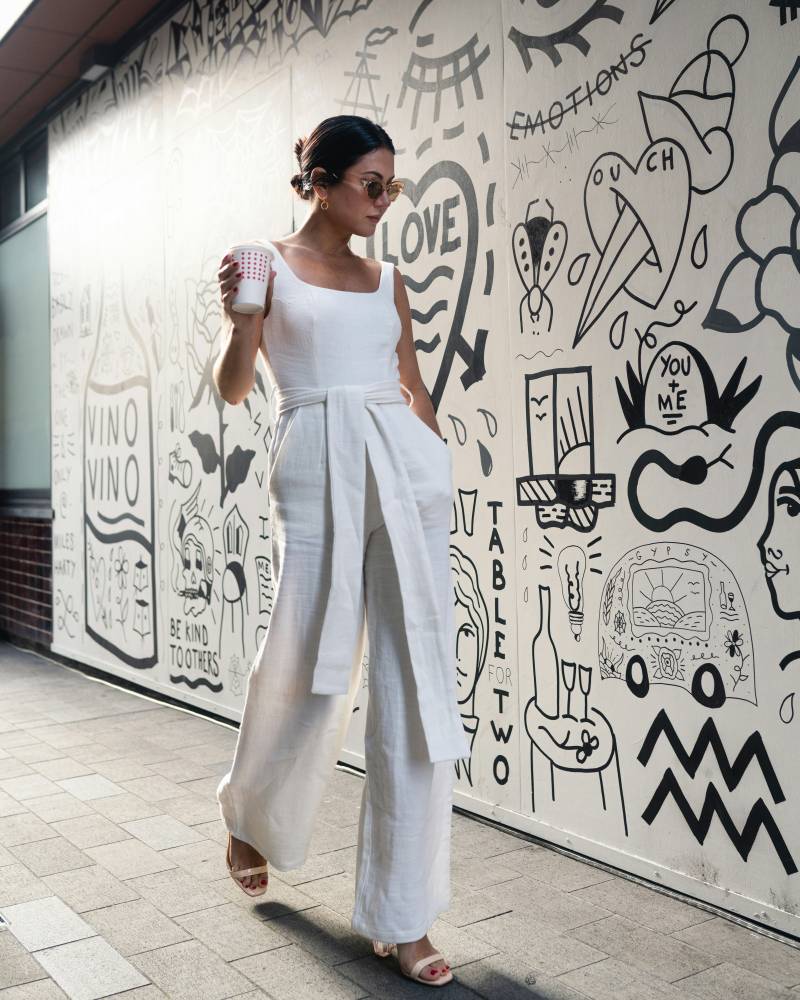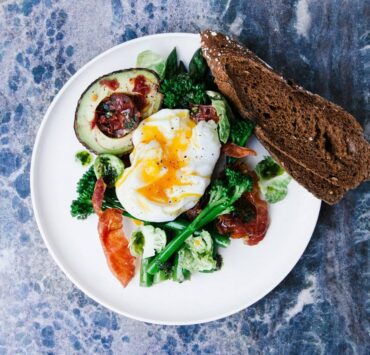Quiet luxury meets frugal chic

A group of girls drifted past the al fresco restaurant, their laughter trailing behind them in the thick summer air. One moved quietly in white linen trousers and a black spaghetti-strap top, the soft whir of her Jisulife fan humming against her collarbone. Another wore straight blue jeans and a white tee, a thin line of skin catching the light as she swept her hair back with both hands. The last girl, lost in her phone, wore blue pinstripe drawstring trousers and a white racerback tank.
Their steps matched, each pair of white Golden Goose sneakers leaving faint imprints on the pavement. There was an ease to them, a kind of simplicity that didn’t need to announce itself.
Simplicity has found its way back into the internet’s crevices. It carries a certain allure as more people begin to lean into its presence, finding ways to integrate its understated aesthetic into daily life. These days, a plain white shirt paired with classic jeans seems enough, dainty jewelry accentuating the look, stacks of rings glinting subtly, and makeup so natural it’s barely there. The appeal lies in effortlessness: a clean, composed image that whispers taste rather than demands attention.
Soon, “fashion inspo” videos and outfit reels flooded TikTok, while Pinterest boards immortalized the trend. Search terms like “quiet luxury” rose in popularity, embodying the belief that one can appear refined and affluent without the loud symbols of status. No monogrammed shirts or embossed logos on handbags, just muted elegance and well-tailored restraint.
Then came “frugal chic,” a term popularized by content creator Mia McGrath, a counterpoint grounded in the idea of saving money and choosing quality over quantity.
At first glance, quiet luxury and frugal chic seem to share the same foundation: a rejection of excess, a turn toward simplicity. Both celebrate the capsule wardrobe —the art of dressing intentionally. Yet social media has transformed this minimalism into a spectacle, glorifying the idea of “looking simple,” when in reality, simplicity has long been the default for those without the means to perform it.

Quiet luxury: The privilege of discretion
Quiet luxury thrives on simplicity, but a kind curated through access. It relies on knowing the right brands, those whose names circulate quietly among the elite. It is not about proving one’s wealth but about being recognized for having it without saying a word. It is understated elegance, rooted in high-end craftsmanship and insider knowledge.
The aesthetic exploded after the Sofia Richie Grainge craze, the resurfacing to popularity of Carolyn Bessette-Kennedy, and brands like The Row and Loro Piana became shorthand for quiet affluence. Basically the “open secret” of where the upper class shops.
Here, simplicity signals control, wealth, and confidence. It is rooted in the absence of logos yet it’s still designer. It is the silent exclusivity that only those in the know would recognize the cost behind the plain white shirt.
The irony? It takes money to look this simple.
Frugal chic: The simplicity of survival
On the other end is “frugal chic,” whose essence is mindfulness. It is a response to overconsumption, choosing timeless pieces, which will live throughout the years with multiple wears and washes before they’re worn out. You strive for quality over quantity.
It’s about wearing what lasts, not what’s latest. Its ethos lies in intention: buying less, re-wearing more, and valuing what’s already in the closet. It is flipping through the racks of clothing, with the single thought in mind: Can I wear this more than once?
Unlike quiet luxury, this aesthetic is born not out of abundance but from resourcefulness. But what connects the two? Both reject excess, yet one romanticizes restraint while the other endures it.

The glorification of the ordinary
What feels jarring is how social media tends to glorify what older generations once did by necessity. Ordinary habits like rewearing clothes, making coffee at home, and choosing plain white shirts have become aspirational acts. The internet has a way of labeling everything, turning even the mundane into a performance.
In the age of aesthetics, the everyday has become curated. Practicality is reframed as lifestyle, and simplicity, once quiet and inward, now follows a visual code of taste.
Simplicity was once the language of the ordinary. It is just what it means, “simple,” but the internet has turned it into a trophy, a goal to achieve rather than a way to live. The more we label the things we do, it emits the very essence of what genuinely living authentically is.
In chasing effortlessness, we’ve made simplicity one more thing to perform.

















